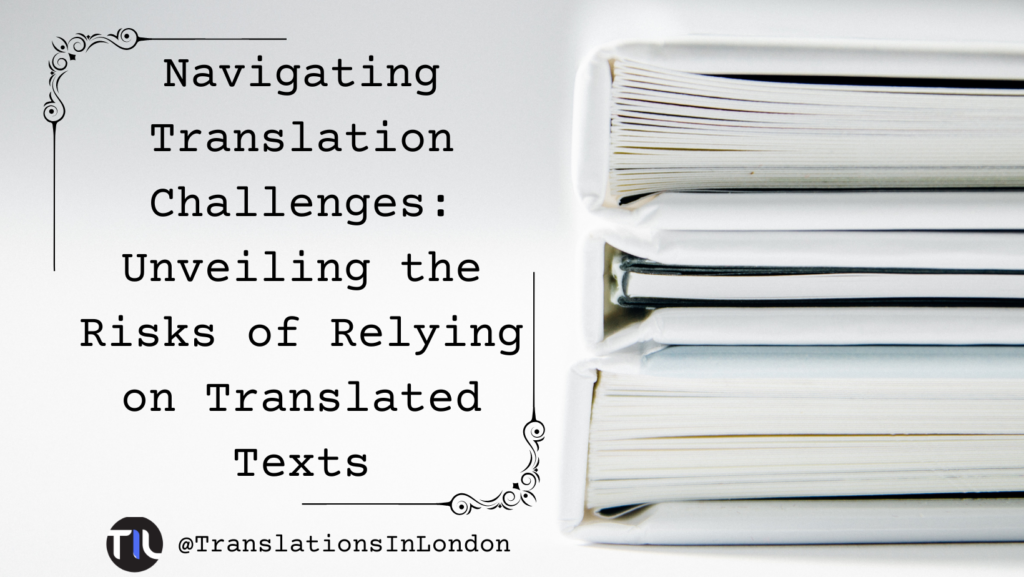
Simplifying the Concept of Source Document:
Think of a source document as the document’s very first version—untouched by translation or adaptation. It can also include pictures with editable text. For instance, if an Italian document gets translated into English, the Italian one is the source.
Some source documents might need a little preparation before they can enter the formal translation process. For instance, while Microsoft Word files are usually good to go for translation, certain files might require extra attention. If they have tags or unique instructions, their format needs adjustments in the source language before they’re ready for translation.
Advantage of working on a source document
Advantages of Working from the Source: When it comes to translation, starting directly from the source brings distinct advantages. It ensures a more precise translation, particularly when the text contains cultural nuances or untranslatable terms. Translators strive to find the best possible match for these, but relying on a secondary translation can lead to a chain of alternatives, moving away from the original intent.
Furthermore, aiming for identical formatting between the translated and source documents is logical, isn’t it? Working from the original ensures a closer alignment. This eliminates the risk of subtle changes affecting the translation format, which can occur when working from a secondary version of the document.
The Pittfalls of Relying on pre-translated documents
Opting to base a translation on an already translated document can introduce a host of complications that pose a significant risk to both accuracy and overall translation quality.
Loss of Nuance and Context: By sidestepping the original source in favor of a pre-translated version, a crucial facet of the text’s essence—its nuanced context—can be eroded. The intricate tapestry of cultural references, idiomatic expressions, and linguistic subtleties that imbue a text with meaning is liable to be lost, impairing the intended message within the most recent translation.
Cumulative Errors: Errors that originate in the preliminary translation can persist, compounding their impact as they propagate through subsequent translations. This cumulative effect stands to fundamentally alter the intended significance of the source material, highlighting the far-reaching consequences of basing translations on already translated texts.
Lack of Accountability: At the heart of a translator’s role lies the responsibility to faithfully transmit the original author’s intent through the translated work. Relying on a previously translated document severs this vital link to the primary intent, effectively distancing the translator from the authentic core of the source’s meaning.
Cultural Misinterpretations: Cultural context wields significant influence over language, shaping meanings, metaphors, and symbols. Relying on pre-translated documents can lead to an inadvertent abandonment of the source’s original cultural nuances, ultimately leading to misinterpretations and potential offense to the target audience.
Compromised Quality: Translation is far from a mere mechanical process; it demands meticulous attention to the source document, its intended audience, and the underlying meaning. Maintaining the integrity of the author’s voice hinges on working directly from the source material to capture the intended essence as faithfully as possible.
In an increasingly interconnected world, the integrity and precision of translation stand as paramount concerns. Directly engaging with the source material establishes an unfiltered channel of understanding between author and translator, ensuring the highest standards of translation quality.
It’s imperative to note that the possession of the source document, while crucial, is just one facet. Equally pivotal are the skills and expertise of specialized translators. This is where TranslationsInLondon Ltd comes into play. We offer our expertise to ensure high-quality, reliable translation and interpretation services. Contact us today to embark on your translation projects with confidence.